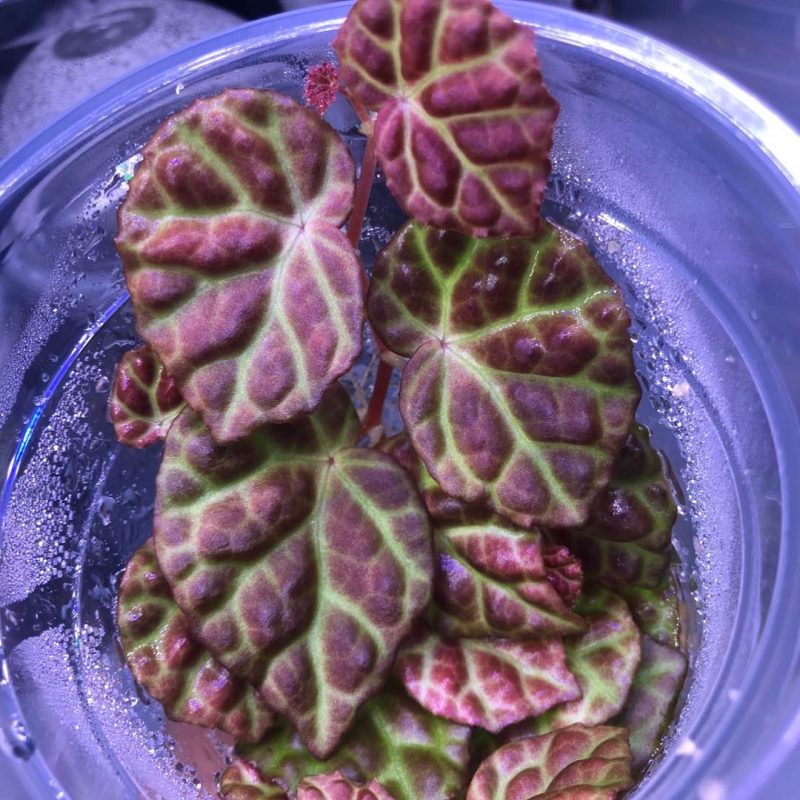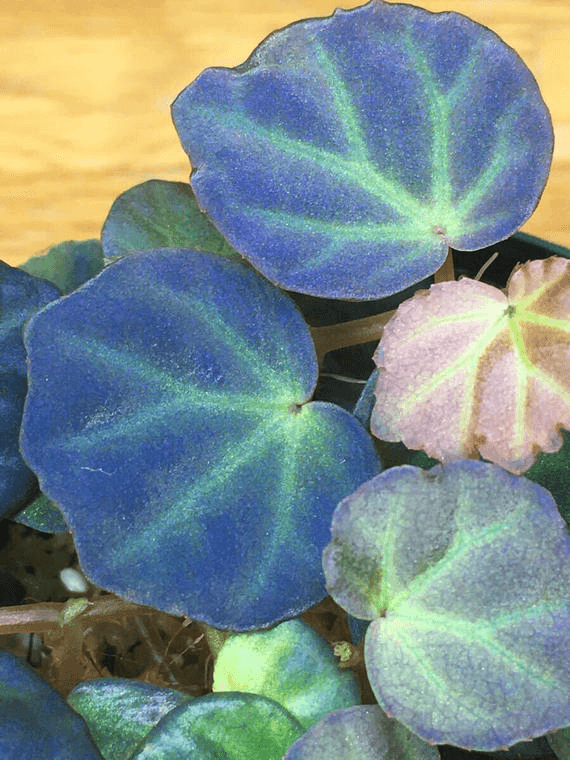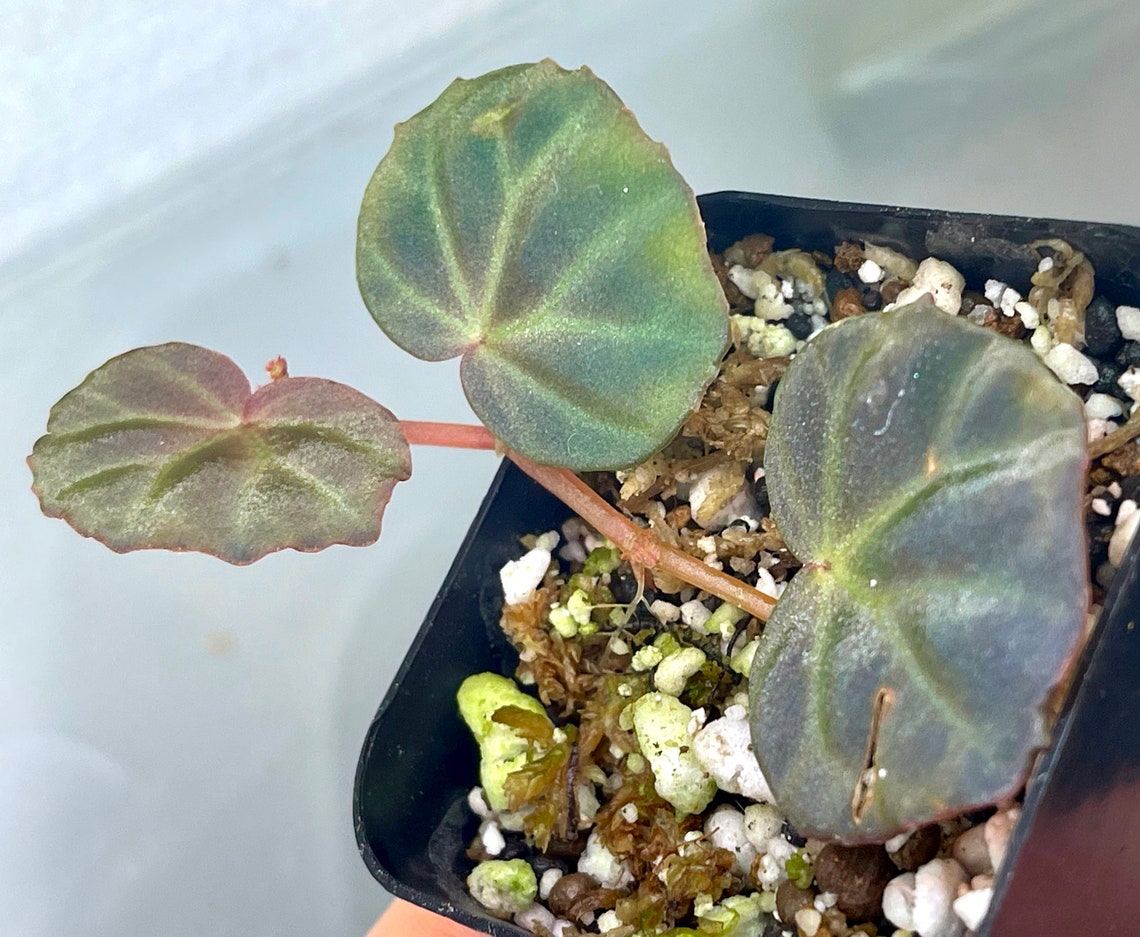

Begonia sarawak how to#
Read on to discover how to care for this very rare plant. In 2021, the delightful Begonia Julau Type 1 plant was named as U number 684 to avoid further confusion. The Julau Type 1 is smaller and more delicate in patterning than Type 2, which is slightly taller with longer leaves, (but just to confuse us) also has pink leaf patterning.ĭespite the differences in size and name between Julau type 1 & 2, you can use the same care instructions for both plants. This explains why the plant is commonly known as the Butterfly Begonia or the Angel Wing Begonia.īegonia Julau Type 1 is its official name and is easily confused with its close relative, Begonia Julau Type 2. They have incredible pink markings running in vivid patterns all over the leaves.

The edging and the ends of the leaves look like they were painted pink by an artist. Julau is in the Sarawak district of Borneo in Malaysia, which is why this plant prefers high humidity and warm temperatures.īegonia Julau’s gorgeous, rounded dark green leaves have pointed pink ends. There is no hyphen or space between them, no single quotation marks used, and the entire U name with number is italicized.Begonia Julau is an extremely rare, pink-leaved Begonia, which is a native of the town which gives it its name. The ‘U’ is capitalized, and is followed by a three digit number assigned to the plant. While the ABS unidentified species U Number Program is unique to begonias and has no real taxonomic standing, ABS encourages hobbyists and commercial growers to use U Number names, until the species is identified or named. location information, which greatly facilitates species publication. Publications of species, which optimally includes known native ranges, and the extent to which a species is vulnerable to extinction, is a mandatory prerequisite if a threatened species is to be afforded protection under governing law.Ĭan you help us by providing additional information about, or photos of, U Number listed species? Of highest value is G.P.S. Adding an unpublished species to the U Number List serves to bring that species to the attention of botanists and taxonomists in the hope of accelerating it toward publication. It is very important to assign U Numbers to unidentified species. The U Number Committee also provides updates when a plant is identified or officially assigned a proper name that replaces the U number. The ABS U Number Committee maintains the U Number List, adding additional information about the Begonia as it is available. Then in 2009 it was identified and published, and became B.

In 1981, ABS formally assigned it a U Number: Begonia U003. For example, A Begonia found in Burle Marx’s garden in Rio de Janeiro, Brazil, in the 1970’s, was commonly referred to as “Brazil species No.3”, per the Kartuz Greenhouse and Mildred Thompson plant catalogs’ designations. This article included the first listings of U Number species along with a description of why and what the U Number program is. They published “U-numbers to identify unidentified species”, in The Begonian, February 1981, Volume 49, pg. The U Number program was started in 1981, by Carrie Karegeannes and Thelma O’Reilly, Co-Directors of Nomenclature for ABS. The species is labeled and grown under this number until its proper name is identified or else it is named: then the proper name will replace the U number.

Unidentified Begonia species that are in cultivation are assigned a U number such as U012. The American Begonia Society created the Unidentified Begonia Species List to institute a uniform numbering system for unidentified species.


 0 kommentar(er)
0 kommentar(er)
